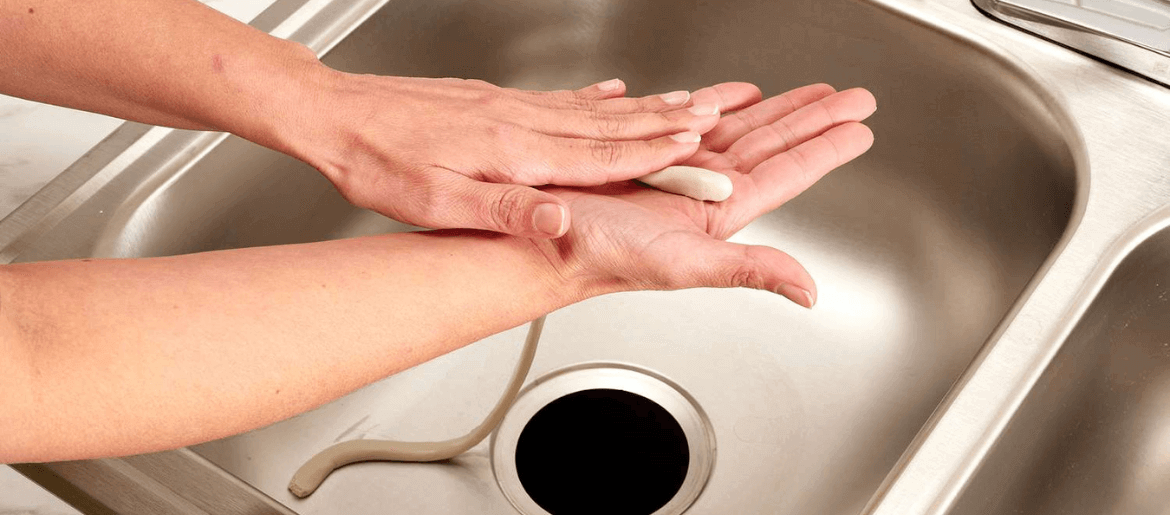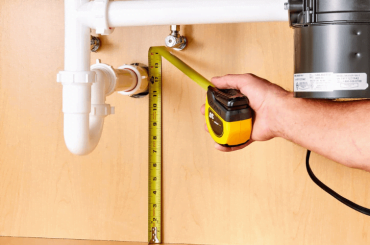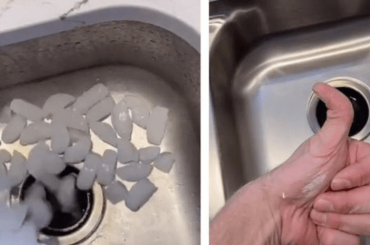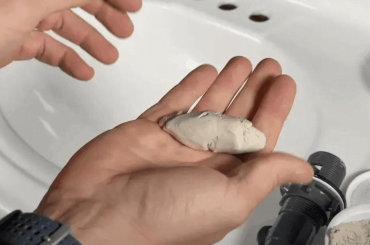How long does plumbers’ putty last? This is a question that we get asked a lot. Plumbers putty is an important part of many home improvement and plumbing projects, but it doesn’t last forever.
In this blog post, we’ll look at how long plumbers’ putty lasts and provide some tips on getting the most out of your plumber’s putty.
Stick around until the end for some troubleshooting advice if your putty isn’t working as expected.
How Long Does Plumbers’ Putty Last?
Plumbers’ putty is a type of sealant that is often used to create seals around drains and pipes. It is made from a mixture of silicone, flour and water.
The lifespan of plumbers’ putty can vary depending on the brand and quality. Putty usually lasts for about 10 years if it is not exposed to direct sunlight or extreme temperatures.
If it is exposed to either of these conditions, it will only last for about 5 years. After that, it can start to harden and crack, making it less effective as a sealant.
When to replace plumbers’ putty?
If you notice that your plumbers’ putty is beginning to dry out, crack or crumble, it’s time to replace it. If the putty is old and has started to harden, it will no longer be as effective at creating a seal.
Putty also dries out over time, so if you’ve had your sink for a while, it’s probably time to freshen up the sealant. Plumbers’ putty is a malleable, water-resistant sealant commonly used to form seals around plumbing fixtures.
Over time, the putty can degrade, harden or crack and it needs to be replaced. If you’re not sure whether your plumbers’ putty needs to be replaced, it is best to replace it every five years or so.
Plumbers Putty vs caulk
- Caulk is best for smaller cracks and gaps, while plumbers’ putty is better suited for larger cracks and gaps.
- Caulk is made of silicone or latex, while plumbers’ putty is made of a petroleum-based compound.
- Caulk is waterproof, while plumbers’ putty is not.
- Caulk can be painted over once it’s dry, while plumbers’ putty cannot.
- Plumber’s putty takes longer to set than caulk, but it also has a much longer lifespan – up to 50 years in some cases.
- Caulk is more expensive than plumbers’ putty, but it is also easier to apply.
- Plumbers’ putty is more difficult to remove than caulk, but it can be reused if necessary.
- Caulk is best for indoor use, while plumbers’ putty is better suited for outdoor use.
- Plumbers’ putty has a stronger smell than caulk and it can be messy to work with.
Also Read: Can You Use Plumbers Putty To Stop A Leak?
Tips for using plumbers’ putty effectively
- Be sure to clean the surface before applying the plumbers’ putty. This will ensure that the putty will adhere properly.
- Apply the putty in a continuous line around the edge of the surface. Avoid gaps, as these can allow leaks.
- Use your fingers to smooth out the putty and create a seal. Make sure that there are no air bubbles present.
- Allow the putty to dry for the recommended amount of time before using or exposing the area to water or other liquids.
- If necessary, you can trim away any excess putty with a knife or other sharp implements.
- Be sure to clean up any excess plumbers’ putty before it dries, as it can be difficult to remove once it has hardened.
FAQs – Does plumber’s putty expire?
Where should you not use plumbers’ putty?
You should not use plumbers’ putty on natural stone, porcelain or acrylic surfaces. It can also be difficult to remove from some surfaces, so it’s best to avoid using it on anything that you’re not willing to potentially damage.
It is not heat-resistant, so it should not be used near open flames or on hot surfaces.
Additionally, plumbers’ putty is not suitable for use with acid-based drain cleaners.
Is a rubber gasket better than plumbers’ putty?
There is no easy answer to this question as it depends on the specific application and requirements.
In general, rubber gaskets are better able to withstand high temperatures and pressures and provide a tighter seal than plumbers’ putty.
However, plumbers’ putty is easier to apply and can be more effective in sealing certain types of leaks.
Final Words
Putty is a malleable material that is used to seal joints in pipes. It can be used on metal, plastic or rubber piping. The lifespan of putty depends on the environment it is used in and how well it is maintained.
However, putty can last for up to 10 years if it is stored in a cool, dry place.
By following these tips, you can ensure that your plumbers’ putty lasts as long as possible.





